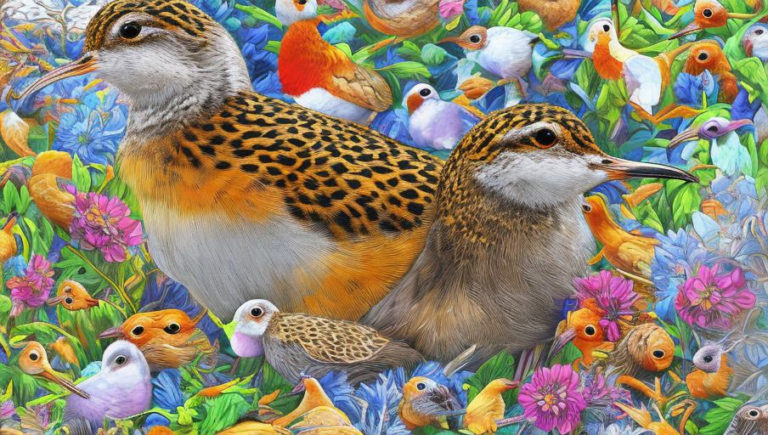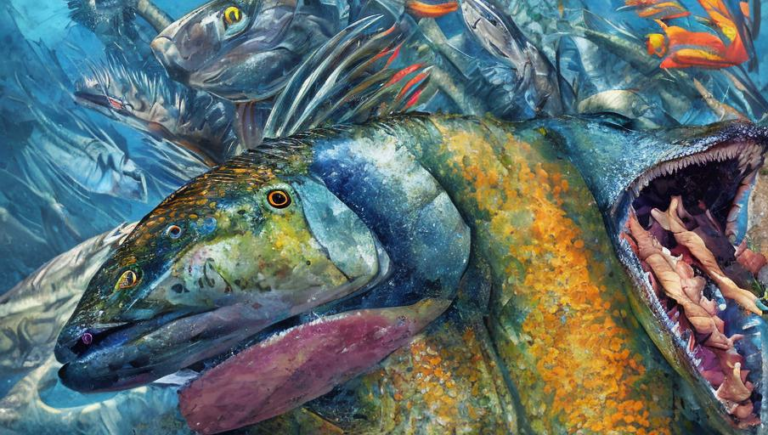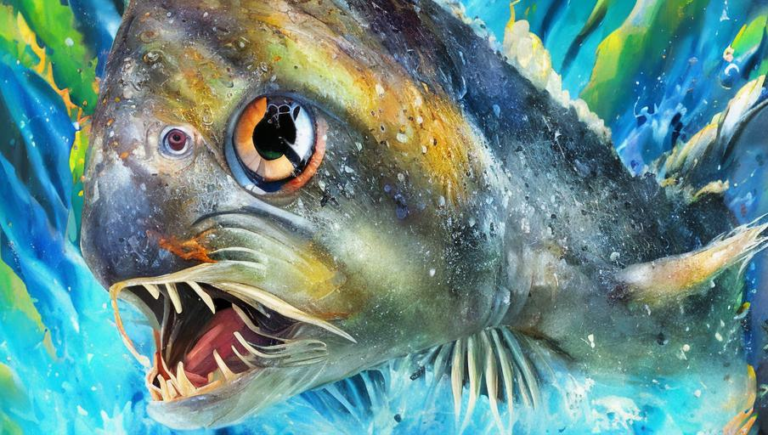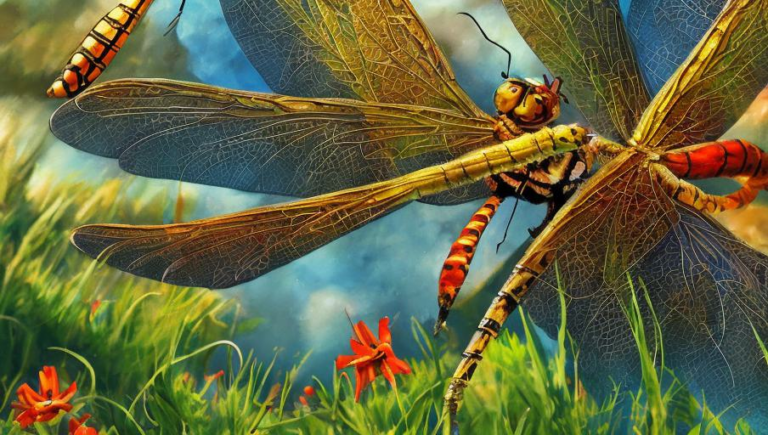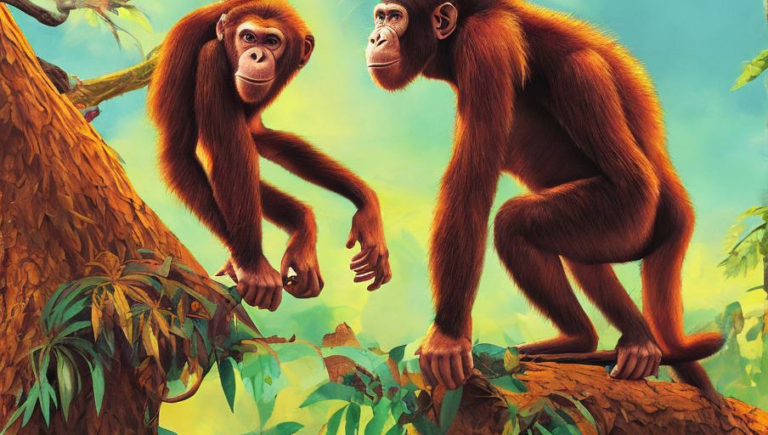Guiding the Albatross Through Migration
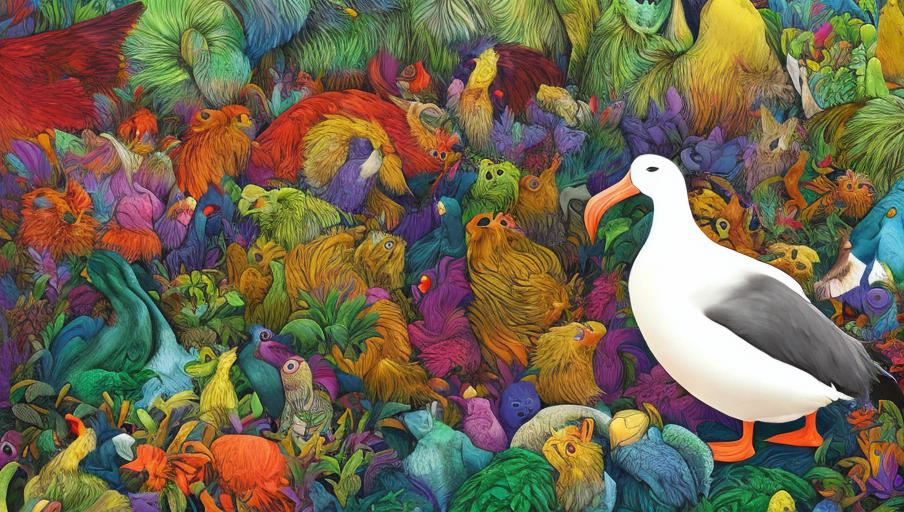
The Magnificent Albatross
The albatross is one of the world’s most magnificent birds, and its migratory patterns are truly awe-inspiring. With a wingspan of up to 12 feet and the ability to fly for hours on end, the albatross is a species that has long captured the human imagination. As a seabird, the albatross spends much of its life soaring over the open ocean, and it migrates between its breeding grounds in the North Pacific and its wintering grounds in the South Pacific.
The Perils of Migration
The albatross has to face many perils during its migration, including storms, predators, and fishing vessels. These vessels often use longlines that stretch for miles and can be deadly for the albatross. The birds can become entangled in the lines and drown, or they can swallow the bait and become sick. Additionally, the albatross is a vulnerable species due to its slow reproductive rate and the destruction of its breeding grounds by human activities.
Conservation Efforts
In order to help the albatross, conservationists and scientists have been working together to monitor the birds and their migration patterns. By tracking the birds, researchers are able to better understand their behavior and the threats they face. Additionally, conservation groups have been working to develop safer fishing practices that will help reduce the number of albatross deaths. This includes setting lines at night, when the birds are less likely to be present, as well as using better bait and hooks that are less likely to cause entanglement.
Volunteer Programs
There are also many volunteer programs dedicated to helping the albatross. These programs often involve tagging the birds with tracking devices and monitoring their migratory patterns. By doing so, researchers can better understand the birds’ behavior and identify the threats they face. Additionally, volunteers can record the birds’ diet and the locations of their breeding and wintering grounds. This data can then be used to create policies to protect the species.
A Symbol of Hope
The albatross is a symbol of hope and perseverance, and its migratory patterns are a reminder of the power of nature. Despite the many threats they face, the albatross continues to find its way back to its breeding grounds and its wintering grounds year after year. Through continued conservation efforts and volunteer programs, we can help protect this magnificent species and ensure that it can continue to soar freely.
